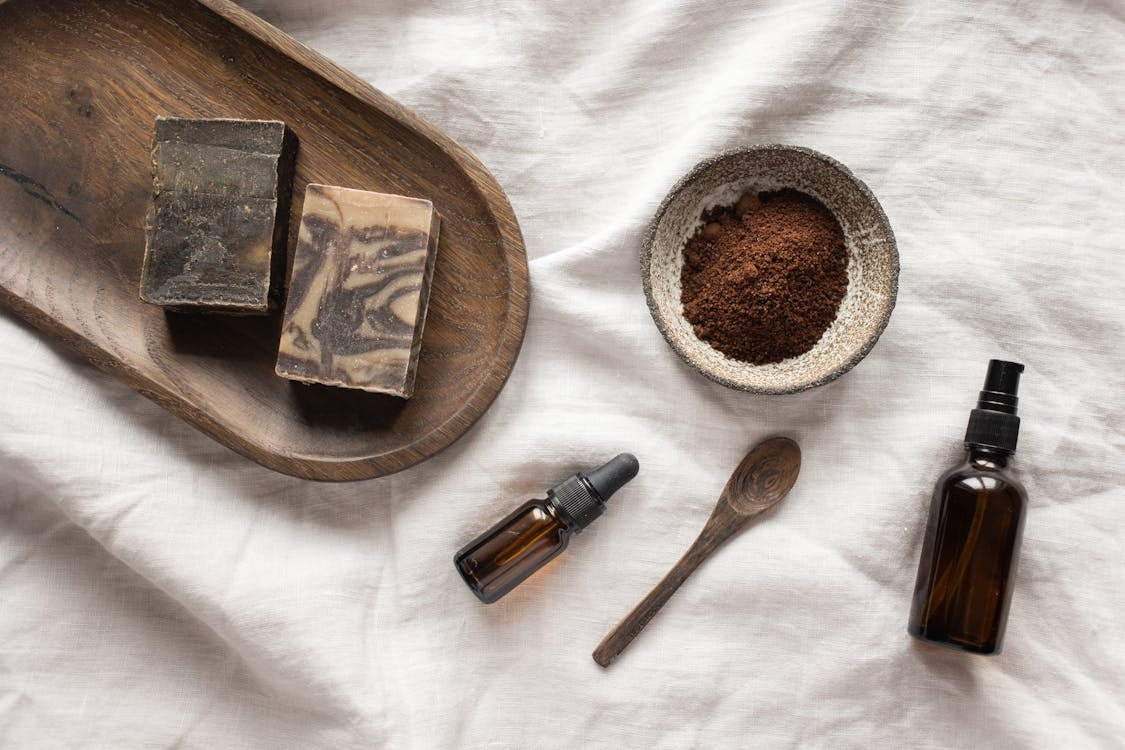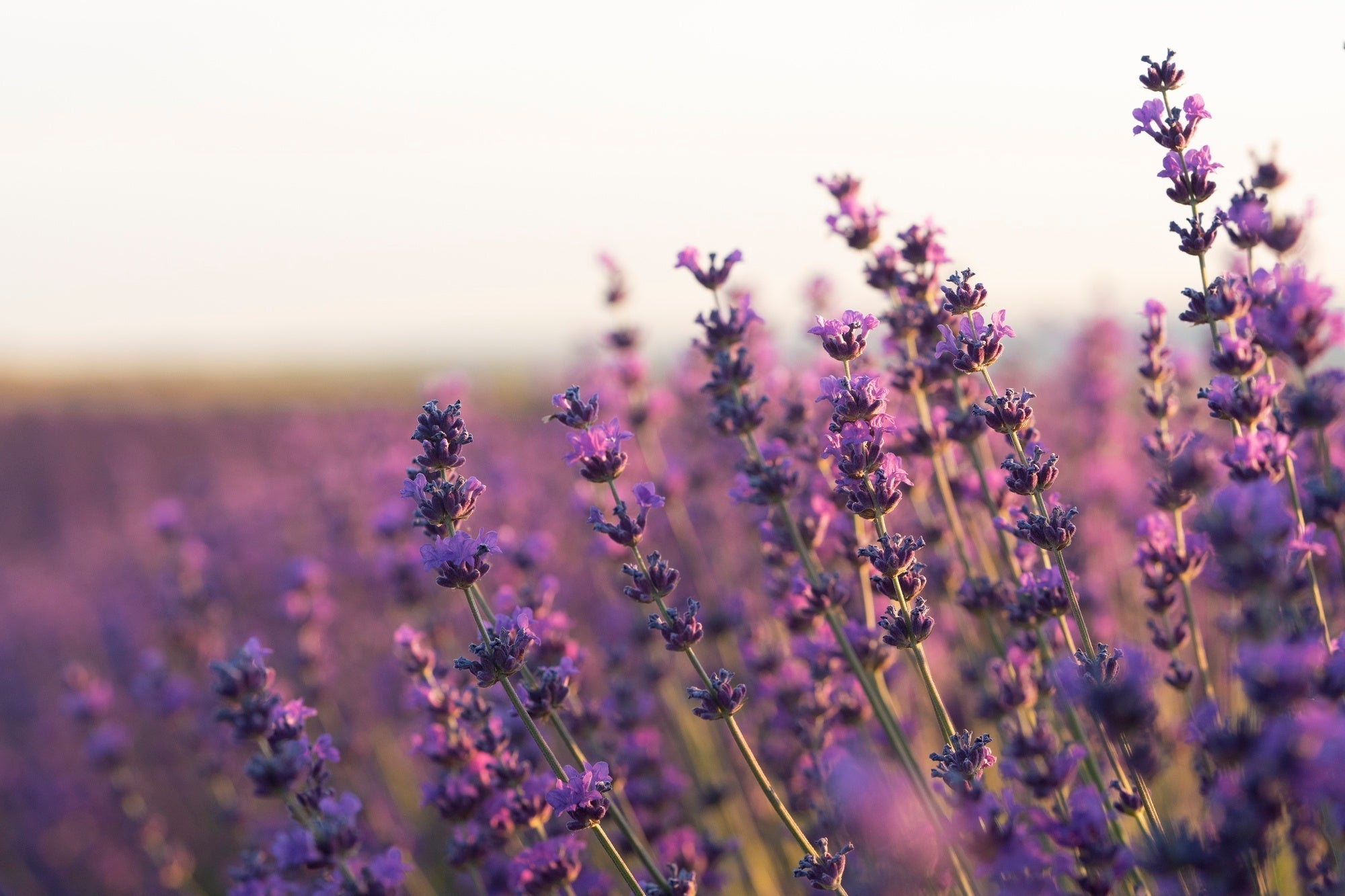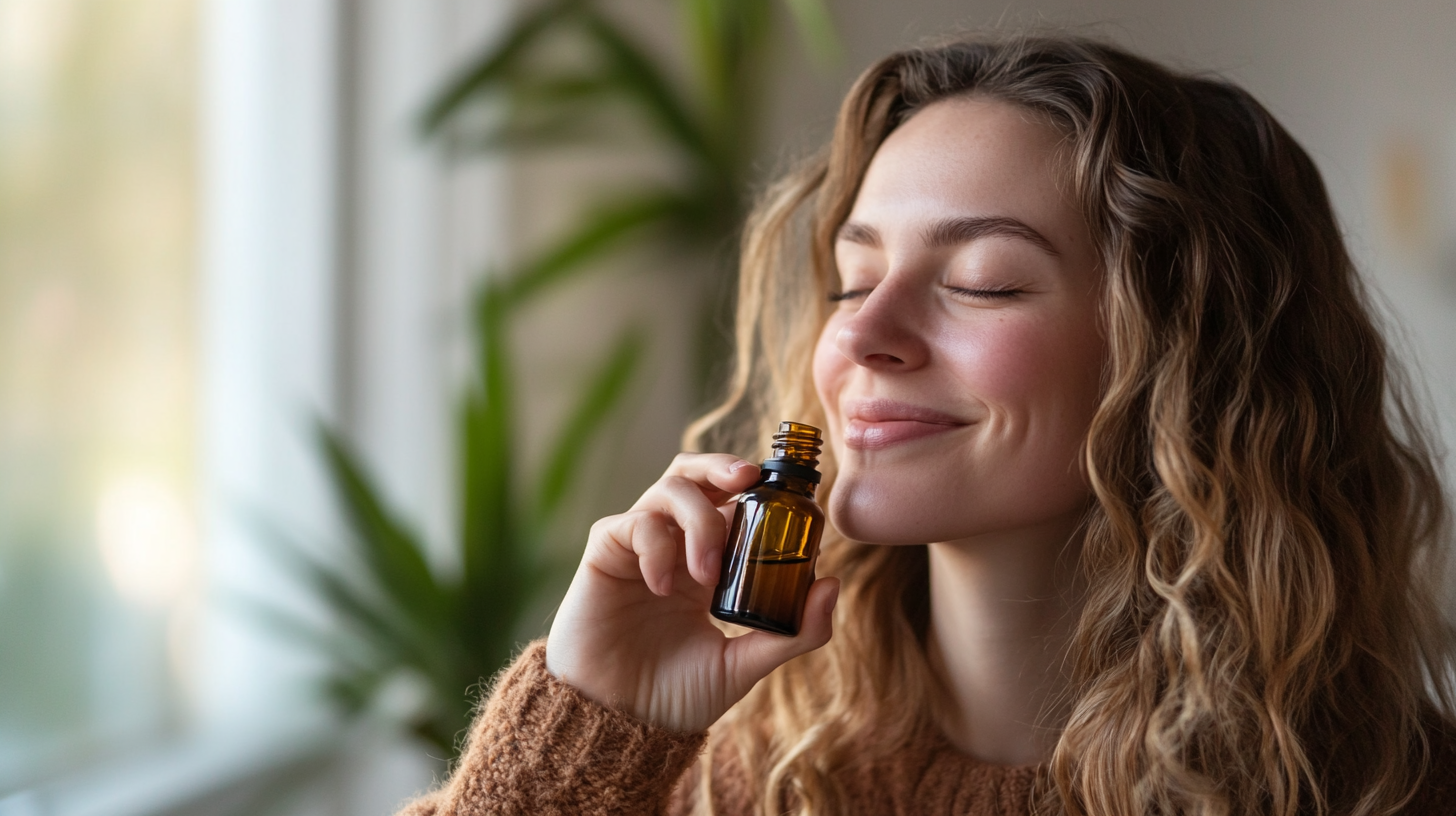Find Complementary Oils for Perfect Aromatherapy Pairings
Aromatherapy is a powerful method for enhancing physical and mental well-being. You can create essential oil blends that uplift, relax, or invigorate the senses with the right combinations.
This blog post is a detailed guide on using an essential oil blend chart to create effective and harmonious aromatherapy blends. We'll explore the basics of pure essential oils, offer blend examples, and provide tips for creating safe, effective combinations.
 Understanding Essential Oil Categories
Understanding Essential Oil Categories
Essential oils are divided into top, middle, and base notes when crafting blends. These categories define the fragrance profile and longevity of the blend:
- Top Notes: These oils are light, fresh, and usually the first scent noticed in a blend. They evaporate quickly and are often citrusy or minty (e.g., lemon, eucalyptus). Top notes provide an immediate sense of refreshment and invigoration.
- Middle Notes: Known as the "heart" of the blend, middle notes balance and harmonise the other components. They often have floral, herbal, or spicy scents like lavender, rosemary, or geranium. Middle notes usually linger longer than top notes.
- Base Notes: These are the deep, grounding scents that form the foundation of the blend. Base notes have long-lasting aromas, typically from woody or resinous oils like cedarwood, frankincense, or patchouli.
Creating Your Aromatherapy Blends
To achieve the best results in aromatherapy, it's essential to understand how to use an essential oil blend chart. These charts guide users in pairing complementary essential oils based on their properties and effects.
For example, pairing citrus oils (such as orange and lemon) with floral oils (like lavender) can create an uplifting and refreshing blend, ideal for mornings or boosting mood. See our essential oil gift sets for making your own blends.
Popular Essential Oil Pairings
Using the blend chart, you can create different aromatherapy effects with complementary oils:
- Calming Blends:
- Lavender + Chamomile: This classic combination is perfect for relaxation and promoting restful sleep.
- Bergamot + Ylang Ylang: A floral-citrus blend that reduces anxiety and stress.
- Energising Blends:
- Lemon + Peppermint: This pairing boosts energy and improves focus. Perfect for mornings or work environments.
- Grapefruit + Rosemary: Known for enhancing concentration, this combination is suitable for maintaining alertness.
- Grounding Blends:
- Frankincense + Patchouli: A deep, woody blend that promotes calm and meditation.
- Sandalwood + Cedarwood: Excellent for relaxation and centering, these oils create a sense of peace.
These combinations utilise the essential oil blend chart as a quick reference, ensuring the oils complement each other for the desired effect.
The 30-50-20 Blending Rule
When creating your own blend, start with the 30-50-20 rule:
- 30% Top Note: Provides freshness and lightness (e.g., citrus oils).
- 50% Middle Note: Balances and harmonises the blend (e.g., floral or herbal oils).
- 20% Base Note: Adds depth and longevity (e.g., woody oils).
For instance, a calming blend could be made using:
- 3 drops of Lavender (Middle Note) + 2 drops of Bergamot (Top Note) + 1 drop of Frankincense (Base Note).
This simple ratio ensures the blend is well-balanced, effective, and long-lasting.
Essential Oil Blend Chart: Visual Representation
Visual guides are helpful tools for those interested in aromatherapy. An essential oil blend chart typically includes:
|
Oil Category |
Top Note Oils |
Middle Note Oils |
Base Note Oils |
|
Citrus |
Lemon, Orange, Grapefruit |
||
|
Floral |
Lavender, Rose |
Ylang Ylang |
|
|
Herbal |
Peppermint |
Rosemary, Clary Sage |
|
|
Woody |
Sandalwood, Cedarwood |
These charts provide a quick reference, showing which oils pair well together and ensuring that your blends are harmonious and effective. You can download detailed charts online to keep handy for your blending sessions.
Safety Tips for Blending Essential Oils
When blending, safety should always come first. Essential oils are potent, and proper usage is essential to avoid adverse reactions:
- Dilution: Always dilute essential oils with a carrier oil, such as jojoba or coconut oil, especially when applying them to the skin. A safe dilution ratio is about 2-3% essential oil in a carrier oil.
- Patch Testing: Before applying a new blend, perform a patch test. Apply a small amount on your forearm and wait 24 hours to check for irritation.
- Diffusion Limits: When using essential oils in a diffuser, keep the duration within 30 minutes to avoid overpowering effects and overstimulation.
Specific Blend Recipes Using Complementary Essential Oils
- Sleep Aid Blend:
- Lavender (3 drops) + Chamomile (2 drops) + Sandalwood (1 drop)
- This blend promotes deep relaxation, helping ease the mind for a restful sleep.
- Focus and Concentration Blend:
- Rosemary (2 drops) + Peppermint (2 drops) + Lemon (1 drop)
- Great for boosting cognitive function and maintaining alertness during work or study.
- Mood Enhancement Blend:
- Bergamot (3 drops) + Ylang Ylang (2 drops) + Frankincense (1 drop)
- This uplifting blend enhances mood and reduces stress, perfect for a mid-day pick-me-up.
Essential Oils for Specific Aromatherapy Goals
- For Relaxation: Lavender, chamomile, and frankincense work well to calm the nerves and promote tranquility.
- For Energy: Citrus oils like lemon and orange, paired with peppermint, boost energy and enhance focus.
- For Grounding and Meditation: Sandalwood, patchouli, and frankincense provide a deep, earthy aroma that is excellent for centering.
These targeted blends help you achieve specific goals, ensuring you get the most out of your aromatherapy practice.

Storing and Maintaining Essential Oil Blends
To maintain the quality of your essential oil blends:
- Store in Amber Bottles: Essential oils are light-sensitive; amber bottles protect them from degradation.
- Label Bottles Clearly: Include the name, ingredients, and creation date for easy identification.
- Check Expiry Dates: Some oils, especially citrus, have shorter lifespans. Ensure you use them before they degrade.
Conclusion
An essential oil blend chart is a fantastic tool for anyone exploring the world of aromatherapy. It helps create effective, harmonious blends tailored to various needs, from relaxation to energy boosts.
By understanding how to pair complementary essential oils, you can safely experiment with different combinations and enjoy the benefits of personalised aromatherapy. Always prioritise safety by using appropriate dilution, testing blends, and storing oils correctly.
Get started today with your essential oil blends, and explore the transformative power of aromatherapy! Refer to resources from trusted suppliers and experts like Freshskin Beauty for additional blend ideas and detailed guides.







Share: